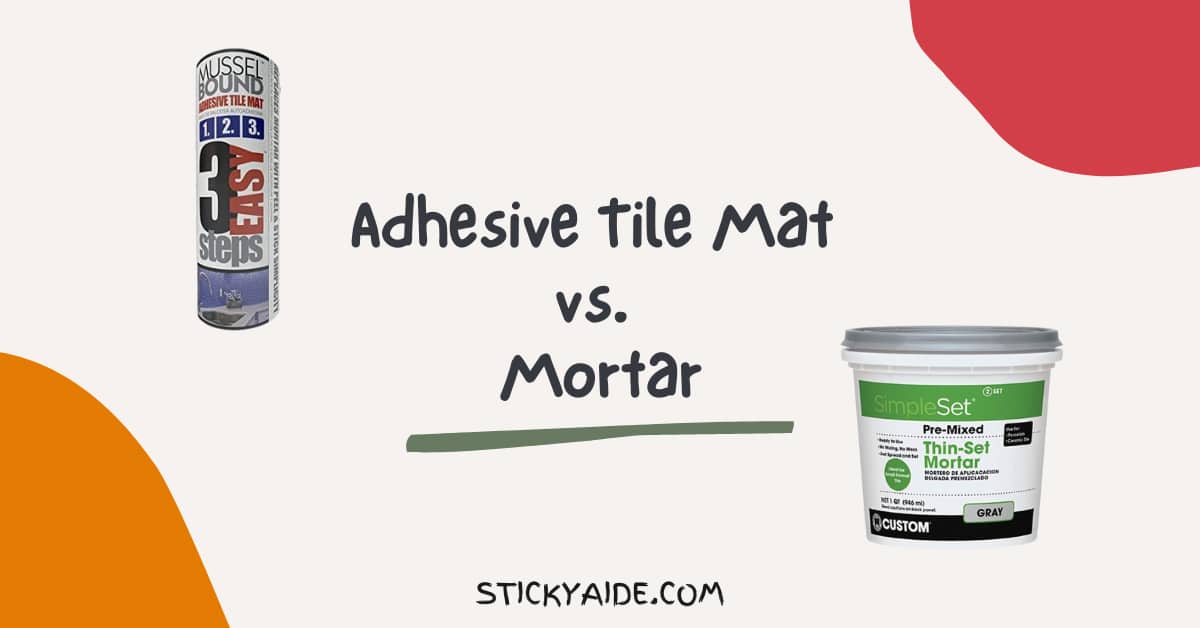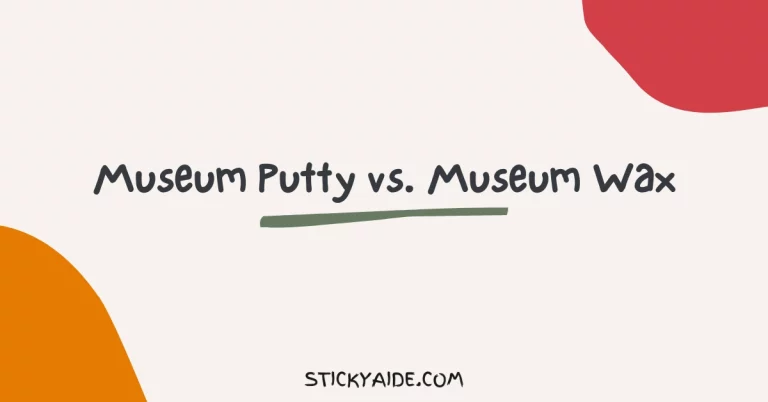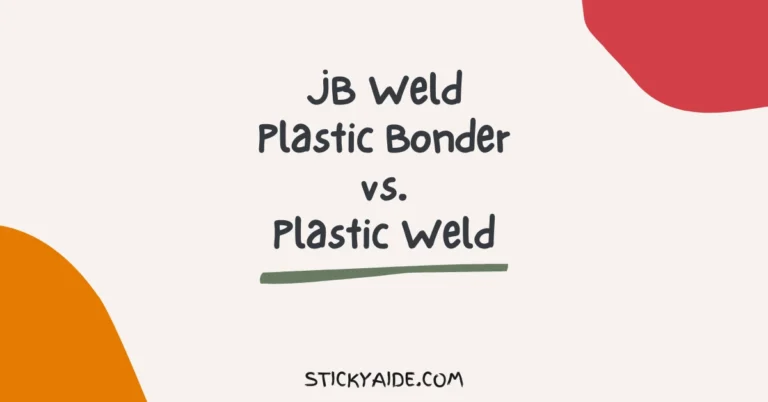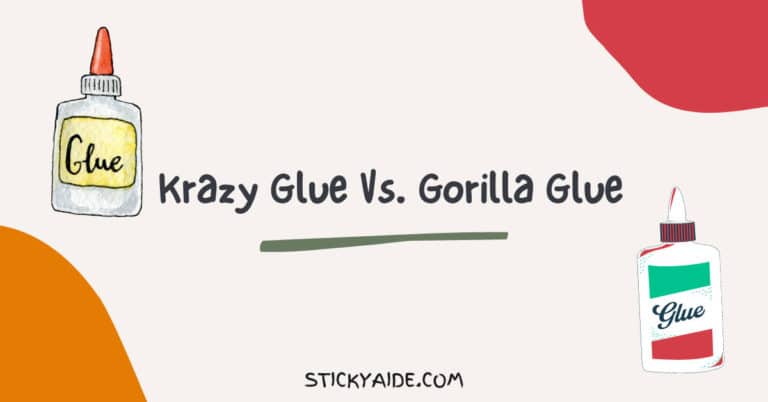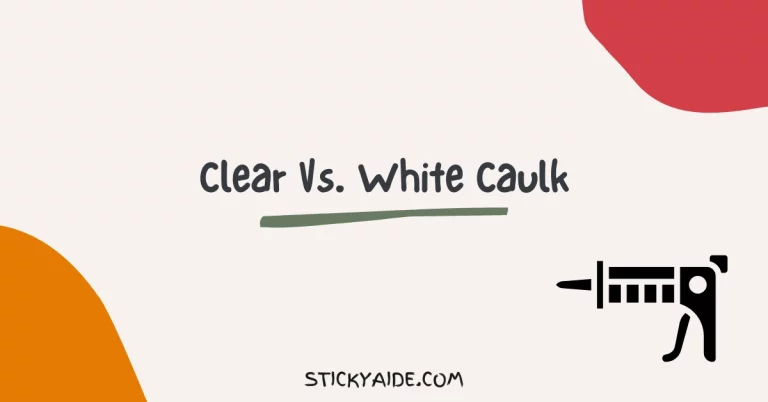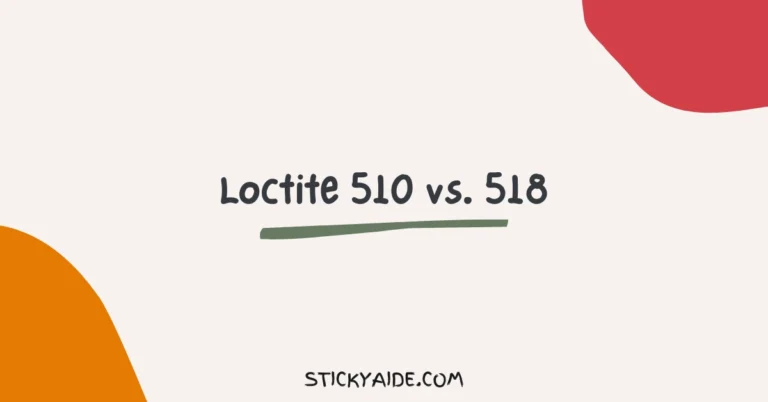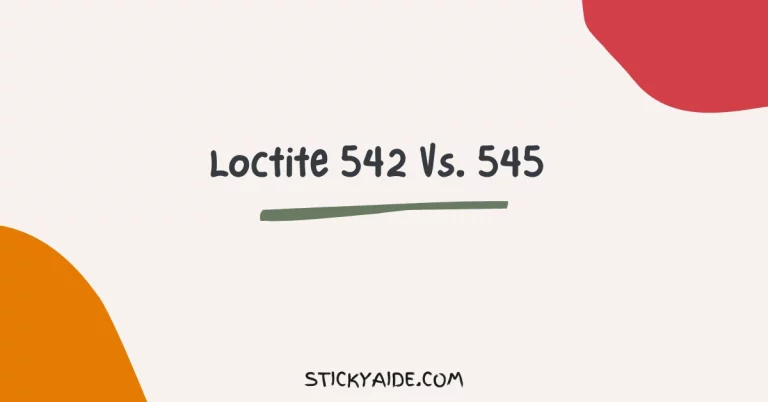Do you know the difference between an adhesive tile and a mortar tile? Perhaps not, but it’s essential. Mortar tiles are commonly used in commercial settings such as restaurants and hotels.
They have a much sturdier appearance than adhesive tiles, which are more common in residential settings.
So what is the difference between an adhesive tile and a mortar tile? Let us look at the pros and cons of using each type of tile adhesive so that you can make the right choice for your home remodeling project.
Adhesive Tiles
An adhesive tile is more similar to a vinyl flooring than a ceramic tile. It’s usually made from vinyl, PVC, or another synthetic material. They are used in kitchens and bathrooms but are also commonly found in other areas. These tiles can be installed using glue or an adhesive.
Some adhesives are water-reducible, but your best option is to use an acrylic or rubber adhesive. If glue is used, you’ll need to reseal the tiles every six months. Adhesive tiles are easy to install because you don’t need to worry about grouting or prepping the surface.
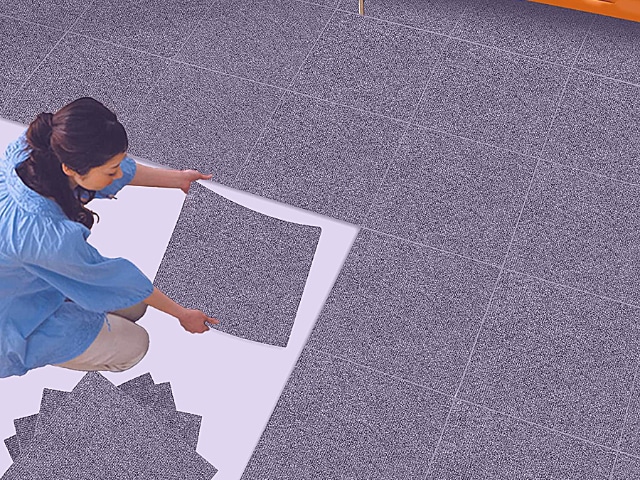
However, they are more likely to wear down. These tiles are not as durable as mortar tiles and are not recommended in high-traffic areas.
Read More: Tile Adhesive vs. Thinset Mortar
Mortar Tiles
Mortar tiles are created using a cementitious mix of ingredients, including clay, sand, and minerals. They are more similar to natural stone than vinyl tiles are. They are more durable than vinyl tiles and are more durable than most decorative ceramic tiles.
Mortar tiles are usually more expensive than vinyl and decorative tiles, but they’re also more durable than decorative tiles are. Mortar tiles are heavier in texture and appearance than vinyl and decorative tiles.
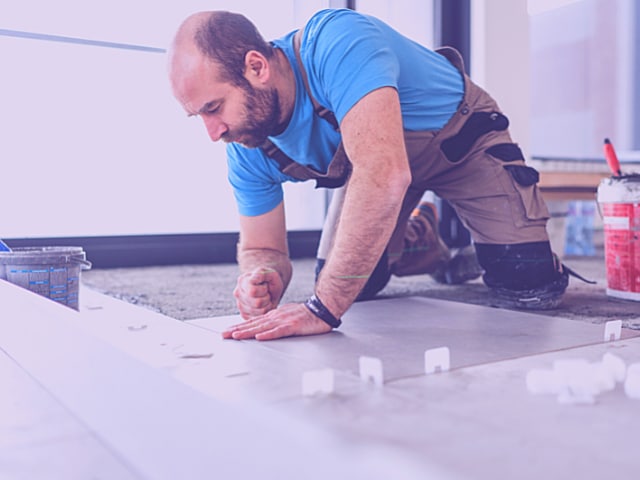
Read More: MusselBound Adhesive Tile Mat Review
Adhesive Tile Mat vs. Mortar
Differences Between an Adhesive Tile and Mortar Tile
Durability: Mortar tiles are much more durable than adhesive tiles. You can put them on walls, floors, and roofs, whereas adhesive tiles are only meant for indoor use. You can put adhesive tiles in shower surrounds, but they’re not recommended for use above ground.
Texture: Mortar tiles look and feel like natural stone. Even though adhesive tiles are more durable than vinyl floors are, they are not as durable as natural stone.
Surface Preparation: You can mortar a concrete floor, but adhesive tiles are not meant for use on concrete surfaces. Before installing adhesive tiles on a concrete surface, you need to remove any dust and debris.
1. Adhesive tile mats are much thinner than mortar, making them easier to work with.
2. Tile mats are ready to use, while mortar must be mixed before use.
3. Tile mats spread evenly and smoothly, while mortar can be lumpy and uneven.
4. Tile mats are ideal for small projects, while mortar is better for larger projects.
5. Adhesive tile mats set quickly, while mortar takes longer to set.
6. Adhesive tile mats are water resistant, while mortar is not.
7. Tile mats are flexible, while mortar is not.
8. Tile mats can be removed and repositioned if necessary, while mortar cannot.
9. Tile mats are less messy than mortar, as there is no mixing or clean-up required.
10. Adhesive tile mats are typically less expensive than mortar.
Read More: Masonry Adhesive vs. Mortar
Mortar Tile Pros
Durable: Mortar tiles have much higher durability than decorative and vinyl tiles. This means they can withstand more wear and tear than decorative or vinyl tiles.
Natural Stone Texture: The texture of these types of tiles is very similar to natural stone. This makes them look much more natural than vinyl or decorative tiles.
Surface Preparation: You can mortar a concrete floor, but adhesive tiles are not meant for use on concrete surfaces. Before installing adhesive tiles on a concrete surface, you need to remove any dust and debris.
Adhesive Tile Cons
They are Not Durable: Adhesive tiles are not a durable option. They are not recommended for use above ground and are not as durable as mortar tiles.
Surface Preparation: You need to remove any dust and debris before installing adhesive tiles, but you don’t need to do this with mortar tiles.
Read More: How To Remove Tile Adhesive From Concrete Floor?
Is it better to use adhesive or mortar?
For smaller projects, the adhesive is usually the best option. It is less messy and sets more quickly than mortar. For larger projects, mortar is generally the best option because it is more durable and will hold up better over time.
Is tile adhesive the same as mortar?
Tile adhesive is a type of mortar used to bond tiles to surfaces. It is made from Portland cement, sand, water, and other additives. Tile adhesive is usually white or grey, and it dries to a hard, waterproof finish. Tile adhesive is different than mortar in that it is thinner and more pourable.
Can I use tile adhesive instead of mortar?
For the record, you can use tile adhesive instead of mortar. However, the adhesive is not as strong as the mortar and won’t last as long. Besides, the tile adhesive is not meant to be used on walls while the mortar is. Hence, you cannot use the tile adhesive on load-bearing walls.
Conclusion
An adhesive tile is more similar to a vinyl flooring than a ceramic tile. It’s usually made from vinyl, PVC, or another synthetic material. An adhesive tile is usually used in kitchens and bathrooms, but it’s also commonly found in other areas.
These tiles can be installed using glue or an adhesive. Some adhesives are water-reducible, but your best option is to use an acrylic or rubber adhesive. Mortar tiles are created using a cementitious mix of ingredients, including clay, sand, and minerals.
They are more similar to natural stone than vinyl tiles are. They are more durable than vinyl tiles and are more durable than most decorative ceramic tiles. Mortar tiles are usually more expensive than vinyl and decorative tiles, but they’re also more durable than decorative tiles are.

